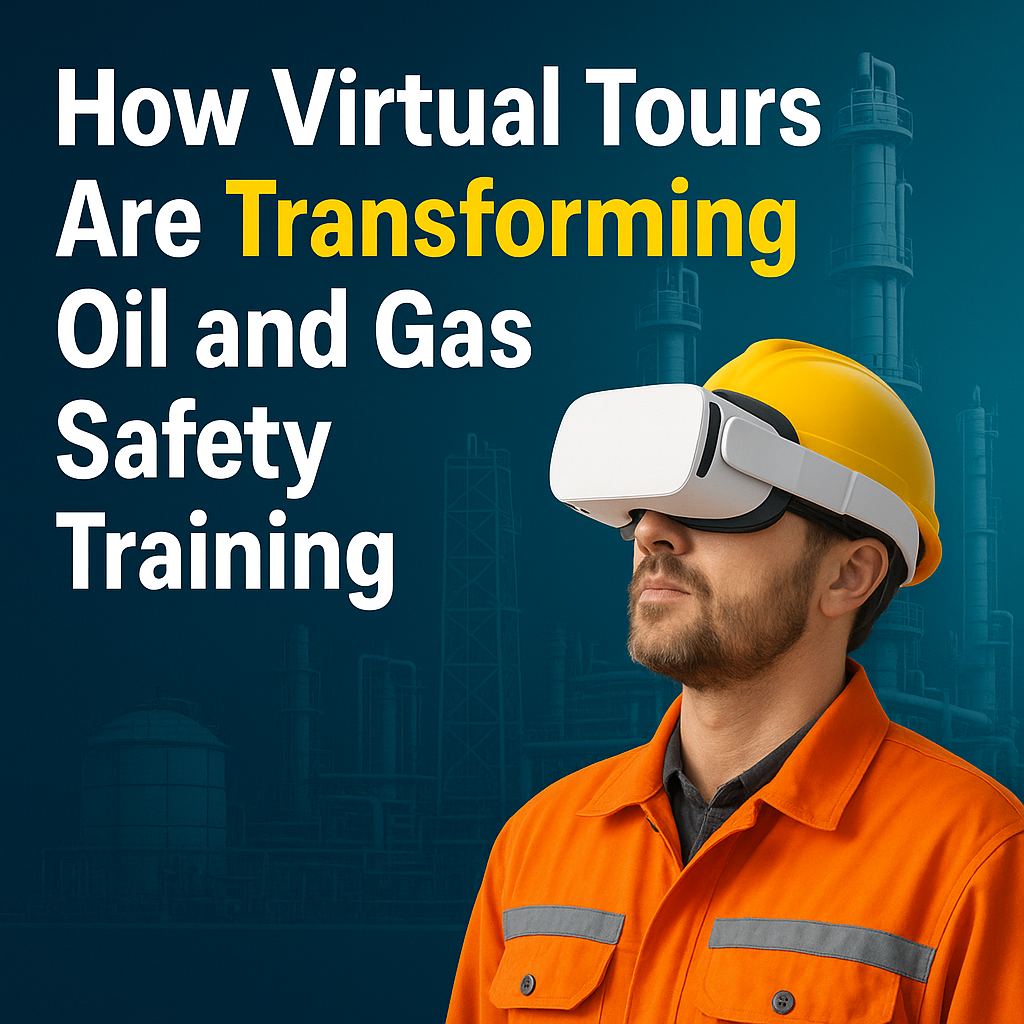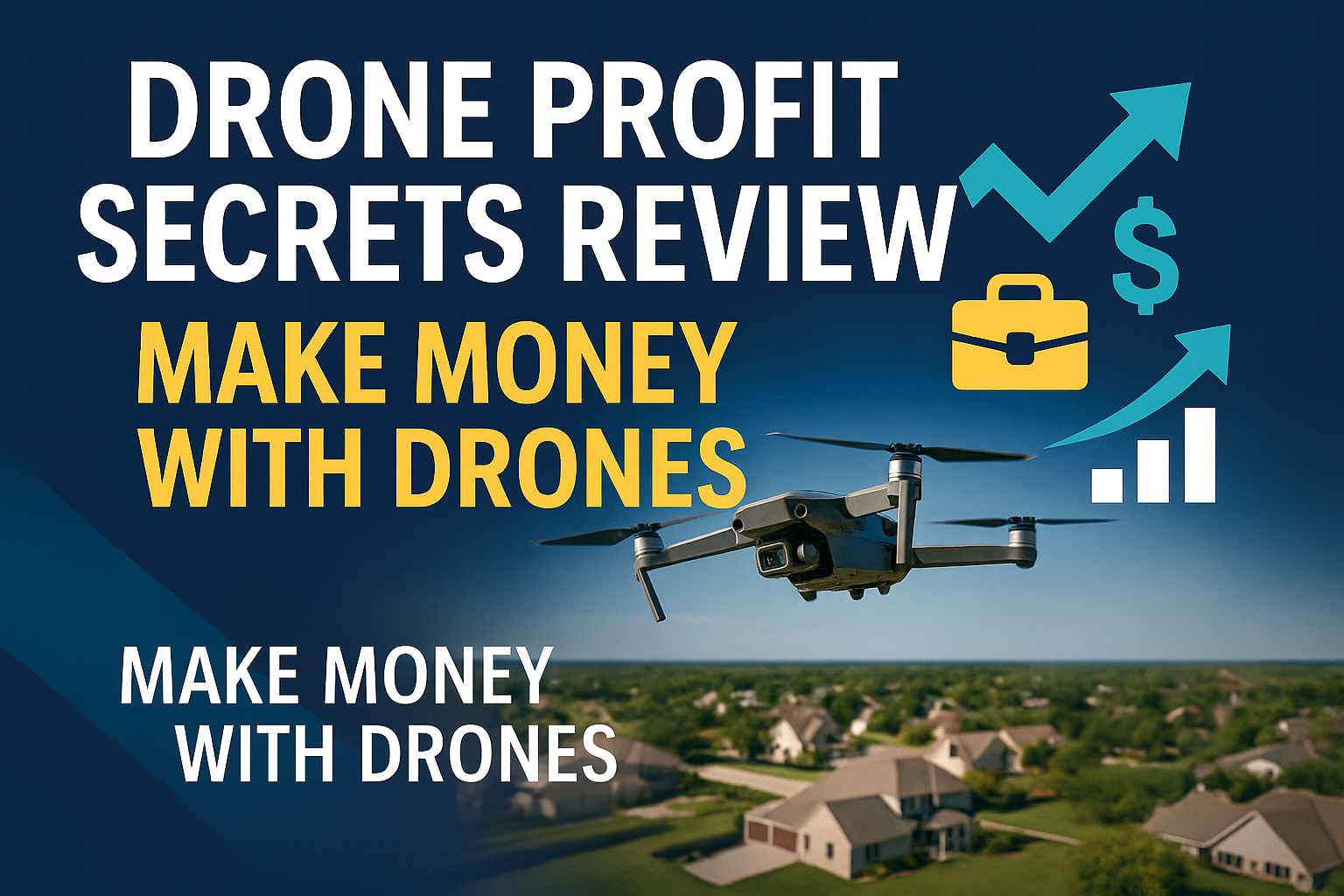🛢️ How Virtual Tours Are Transforming Oil and Gas Safety Training
In the high-risk world of oil and gas, safety is everything. With complex environments, dangerous equipment, and ever-changing conditions, companies must prioritize safety training — not just once, but continuously. 🚧
That’s where virtual tours and immersive 360° technology step in. 🌍 Oil and gas companies are now leveraging virtual reality (VR) and 360° site tours to improve safety training, reduce incidents, and onboard workers faster — all while saving time and money.
Let’s explore how this digital shift is reshaping the industry.
⚠️ Why Traditional Safety Training Falls Short
Conventional training methods — slide decks, manuals, and in-person lectures — often fail to simulate real-world hazards or keep trainees engaged. For oil rigs, refineries, and field sites, this disconnect can be costly:
- Workers may not grasp spatial layouts or risk zones
- Training is time-consuming and travel-dependent
- Site access may be limited due to safety protocols
💡 Solution: What if new hires could tour a refinery or offshore rig virtually, experiencing every critical detail — before they ever step on site?
🎥 What Is a Virtual Safety Tour?
A virtual safety tour is a 360° visual experience of a job site, enhanced with interactive content like:
- Hazard markers 🚨
- Safety tips and checklists ✅
- Navigation through equipment areas 🧰
- Embedded videos and voiceovers 🎧
Using platforms like CloudPano, companies can capture real environments and transform them into immersive training tools. These tours are accessible from laptops, VR headsets, or even mobile phones.
🔐 Key Benefits of Virtual Tours for Safety Training
Here’s why forward-thinking oil and gas companies are investing in 360° safety tours:
1. 🧠 Better Learning Through Immersion
Virtual environments replicate real sites. Trainees can “walk through” high-risk areas, identify hazards, and learn safe routes — before they’re physically exposed.
👉 Studies show immersive learning improves knowledge retention by 75% compared to reading or lectures alone.
2. 🌍 Remote Access to Dangerous Sites
With virtual training, you no longer need to fly workers to offshore platforms or active well sites. They can train from anywhere, reducing costs and logistics.
3. ⏱️ Faster Onboarding and Standardization
Every trainee gets the same consistent experience, no matter their location or trainer. This streamlines onboarding and ensures everyone is on the same safety baseline.
4. 💸 Cost Savings on Travel and Equipment
Skip the expensive site visits and repeated instructor-led sessions. Virtual tours scale effortlessly — train 10 or 10,000 employees with no extra cost.
5. 📊 Trackable and Measurable
Many virtual tour platforms include analytics dashboards. Know how long users spend on each section, whether they click hazard zones, and if they complete checklists.
🛠️ Real-World Use Cases in Oil & Gas
Let’s look at how virtual tours are already solving safety training problems in the field.
🔧 Rig Site Safety Walkthroughs
Before deployment, offshore crews can explore a virtual rig tour:
- Locate fire extinguishers, life rafts, and emergency exits
- Practice safe walkways and lifting zones
- Understand confined space protocols
🏭 Refinery Orientation for New Employees
Virtual tours help new hires explore a refinery layout without entering restricted zones. HR can embed videos on:
- PPE requirements 👷♂️
- Emergency evacuation drills 🚨
- Tank and pressure vessel safety
🚨 Emergency Response Simulations
Train teams to respond to fire alarms, gas leaks, or blowouts in a virtual simulation. Include decision trees and “what-if” scenarios to test readiness.
🧑🏫 How to Build a Virtual Tour for Safety Training
Creating your own virtual safety training tour is easier than you think. Here’s a quick overview:
Step 1: 📸 Capture 360° Photos or Video
Use a 360 camera to photograph key locations. This includes entry points, hazardous zones, and emergency equipment.
Step 2: 🖥️ Upload to a Virtual Tour Platform
Platforms like CloudPano let you stitch together scenes and build a full walkthrough.
Step 3: 🧩 Add Safety Content
Use interactive hotspots to include:
- Pop-ups with instructions
- Video walkthroughs
- Compliance forms or quizzes
Step 4: 🔗 Share With Your Team
Embed the tour on your LMS or intranet. Give trainees access before they arrive on-site, or integrate into orientation programs.
🧑💼 Who Should Use Virtual Safety Tours?
Virtual tours aren’t just for huge enterprises. They’re valuable for:
- Drilling contractors
- Pipeline inspection teams
- Refinery operators
- Training and compliance officers
- EHS managers
- Oilfield service providers
Whether you operate one site or dozens, this tool helps you train better, faster, and safer.
🌟 Future Trends: AI + Virtual Tours
The next frontier? Combining AI and virtual tours. Soon, platforms will:
- Adapt training based on performance
- Auto-detect safety violations in walkthroughs
- Use AI avatars to guide trainees
Imagine an AI-powered system that “walks” new hires through a rig, asks questions, and scores their responses — all automatically. 🤖
📈 Final Thoughts: Don’t Just Train — Transform
Oil and gas is evolving — and so should your safety program.
Virtual tours offer a cost-effective, immersive, and scalable way to improve safety outcomes, reduce training time, and protect your most valuable asset: your people. 🛡️
🎬 Ready to See It in Action?
Want to create your first safety training tour in minutes?
👉 Start building today at CloudPano.com
P.S. You don’t need a huge team to get started. One camera, one walkthrough, and a simple platform can transform your safety training forever. 🚀














.png)



.png)





.png)

.png)





